5 Tips for Growing Summer Squash
Summer squash is easy to grow and prolific. A couple of plants provide plenty for a family to eat all summer. Learn how to grow summer squash and provide your friends and neighbors with fresh produce too!
Squash are separated into two main groups – summer and winter.
Summer squash (mostly Cucurbita pepo) are harvested immature before the skin has time to harden and used fresh. Skin is easily pierced with fingernails. (Think zucchini and yellow squash.)
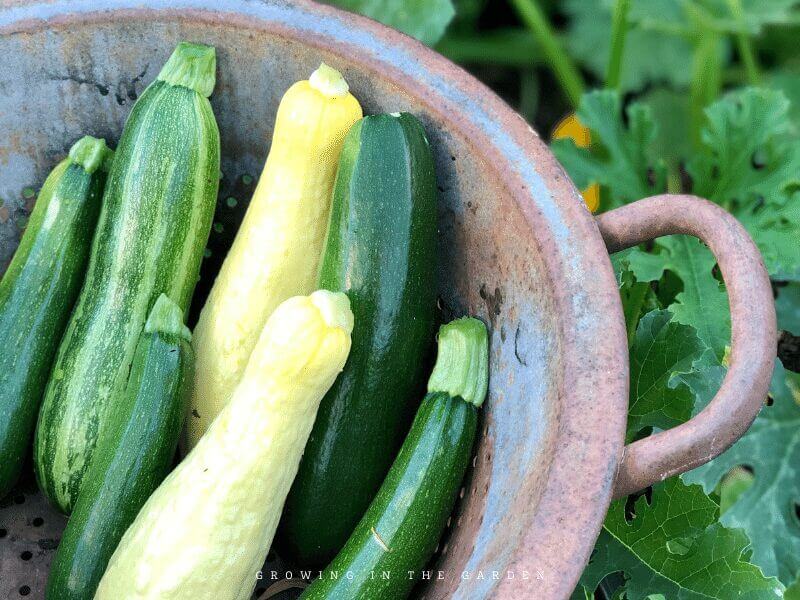
Winter squash (Curcubita maxima, C. mixta, C. moshata, and some C.pepo) mature on the vine and can be stored for several months. The skin is thicker and tough to pierce. (Think butternut and spaghetti.) This post describes how to grow winter squash.
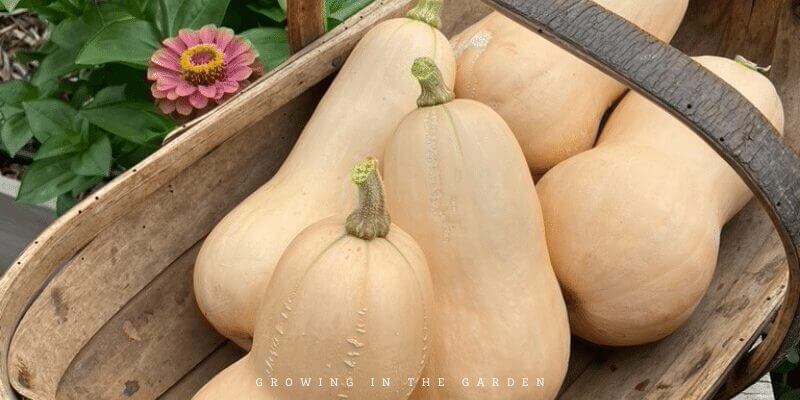
5 Tips for Growing Summer Squash
1. Plant several types of summer squash
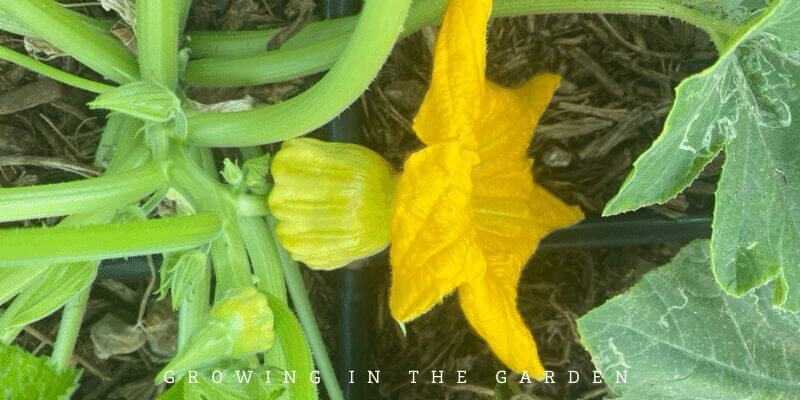
Popular varieties of summer squash range from white to dark green and yellow, striped, solid, round, long, and disc-shaped. Although they are similar, some differences exist in flavor, texture, and use.
- Patty pan squash has a firmer texture and holds up better in soups and stews. Get tips for growing patty pan squash in this guide.
- Zucchini is medium textured, and some cylindrical squash (such as Lebanese) have a more tender texture.
- Other types of squash are excellent stuffed or have larger than average blossoms which are also edible.
- There are also disease-resistant cultivars worth trying.
Plant a variety of cultivars to keep things interesting in the garden and the kitchen.
Summer squash also play an important role in the Three Sisters Grow Bag Garden, a traditional companion planting method adapted for containers—learn how to incorporate it alongside beans and corn (or their alternatives) for best results. You can also try the Three Sisters method in raised beds. The squash’s spreading vines act as a living mulch, helping to shade the soil and suppress weeds.
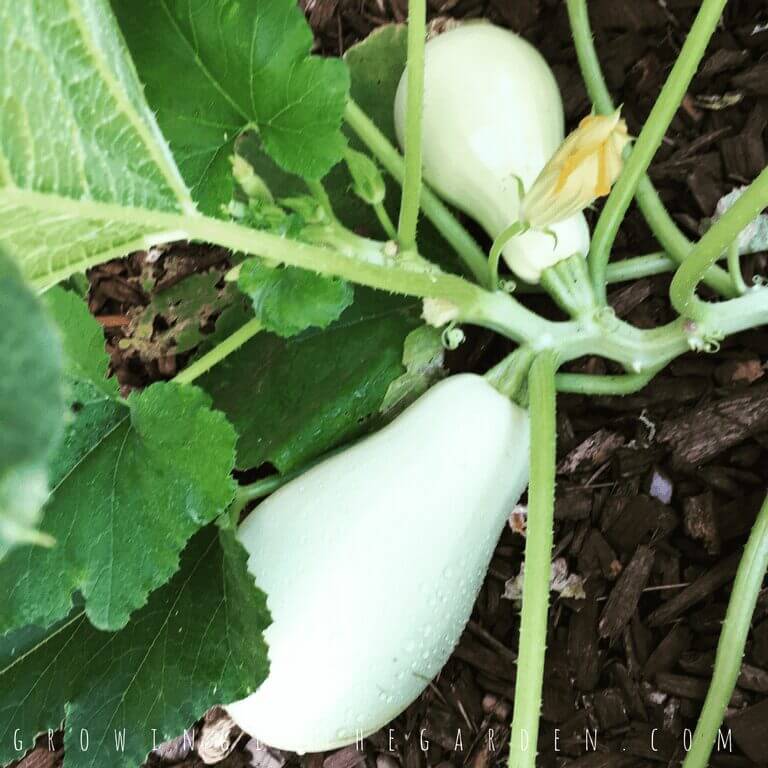
Lebanese squash – Mild tasting; short-season variety (50 days); tender; good baked or fried.

Yellow squash – There are as many varieties of this type are there are of the color yellow. Firm flesh. Good grilled, roasted, or baked. Early variety (45 days). Prolific and good for small spaces or containers.
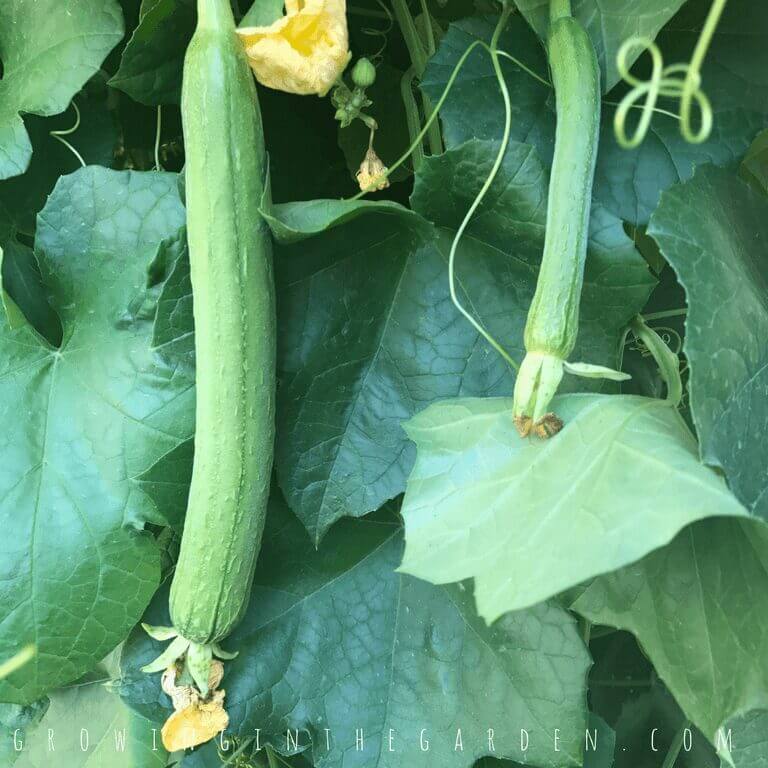
Although luffa is a gourd if harvested young, it tastes like summer squash when harvested before the insides become fibrous.
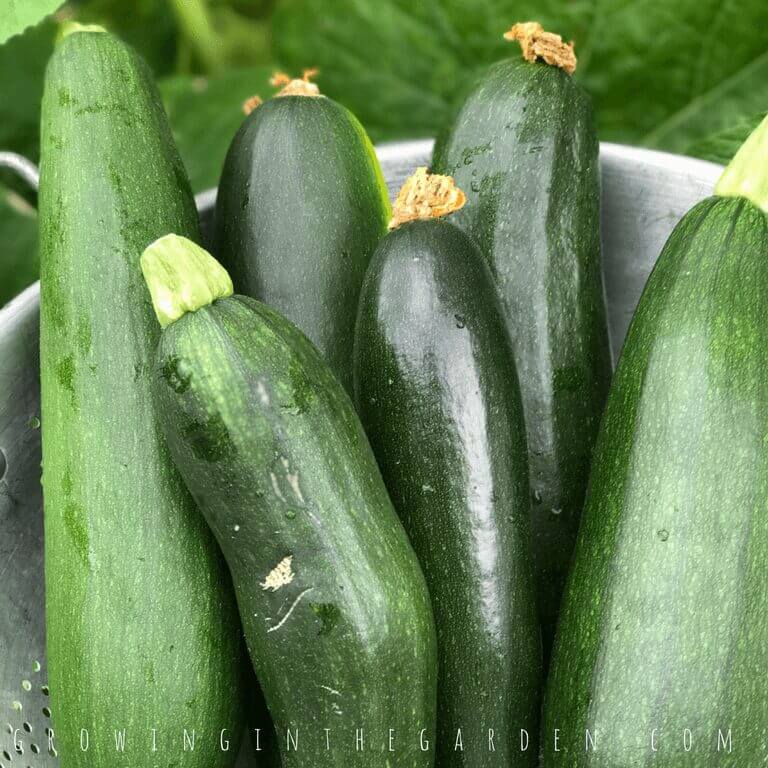
Black beauty zucchini – Very easy to grow; has good flavor.
Looking for more summer squash varieties to try? This post shares 8 of my favorite.
2. Plant squash at the right time for your climate
Summer squash varieties grow best directly sown from seed or very young transplants. If you use transplants, handle carefully to avoid damaging roots.
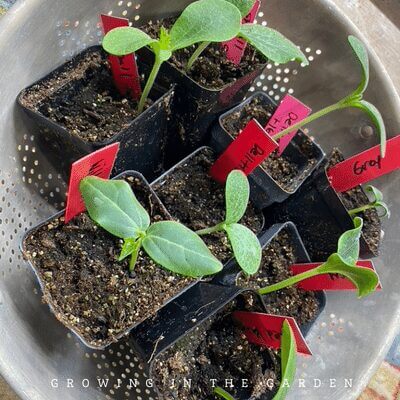
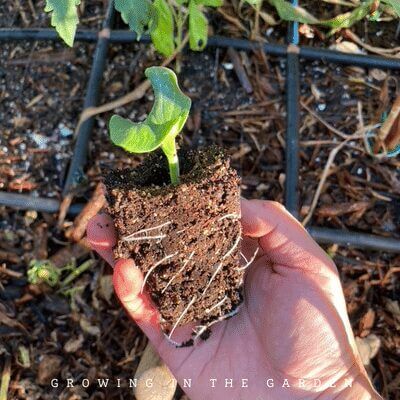
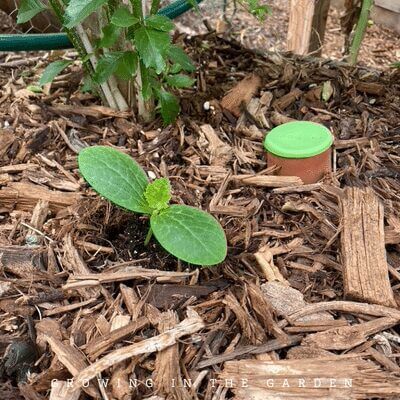
If starting seeds indoors, sow seeds 2-3 weeks before the last spring frost. Seeds sprout in 3 -10 days. Plant transplants outside when they are very young for best results. Squash seeds are available on Seedsnow.com.

Check local planting guides for your planting dates. It will be after your last frost date; squash prefer warm soil (70-90°F).
In the low desert of Arizona, planting dates are mid-February through March and again from mid-August into September to take advantage of monsoon moisture. (Start seeds indoors January – February and July – August.)
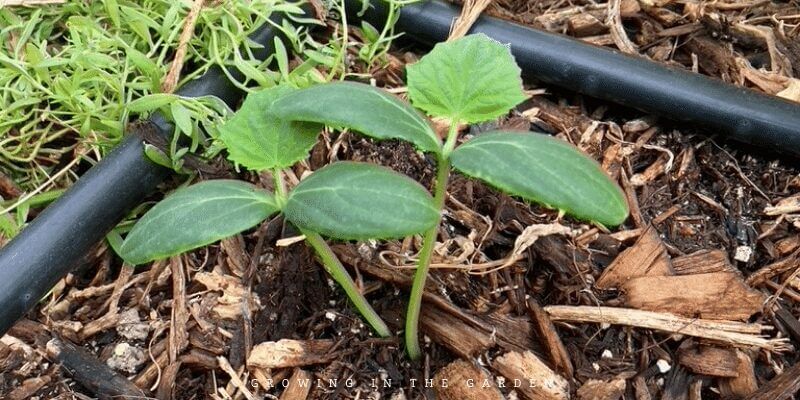
3. Plant and care for growing squash correctly
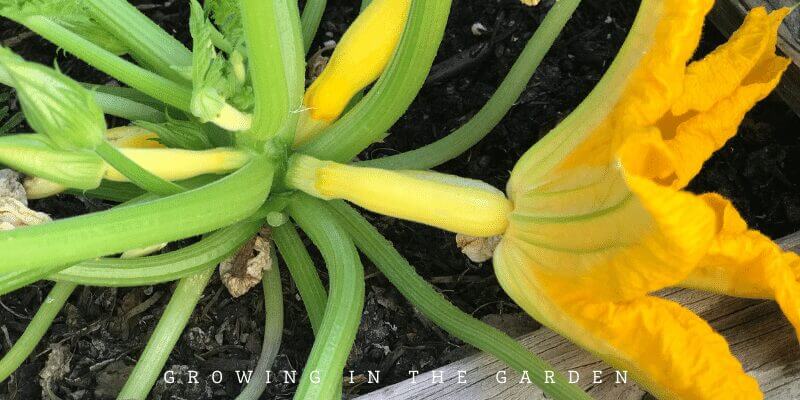
Choose a location that gets plenty of sun. (Afternoon shade is preferred in hot summer areas.)
Plant summer squash seeds 1/2 – 1 inch deep in well-draining soil that has been amended with compost.
If using square foot gardening, allow 1-2 squares for each plant depending on the variety. I like to plant squash on the ends or corners of the beds, to allow them extra room.
For hill planting, plant six seeds ¾ to 1 inch deep in hills spaced 3-6 feet apart. Thin to 2-3 plants per hill.
For row planting, follow the spacing guidelines on the back of your seed packet. Generally space plants 12-24″ apart.
Water squash deeply and often. Squash plants require plenty of water. Mulch area well to prevent moisture loss. Squash plants grow well with an oya (olla).
Fertilize summer squash when the first blooms appear. I use this fertilizer from Amazon.
If female fruits are withering and not getting pollinated, you may need to hand-pollinate. To hand-pollinate, transfer pollen from the male stamen to the female pistil.
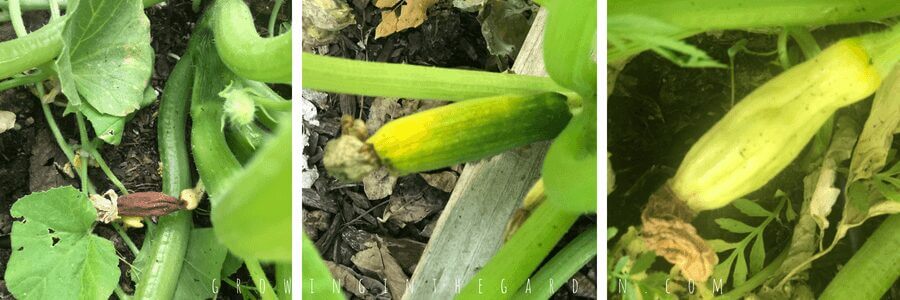

Tips for Hand-Pollination
- Blossoms open first thing in the morning; check plants daily for new blossoms.
- You can remove the male blossom; pick off or pull back the petals and rub the stamen against the pistil of the female blossom to transfer the pollen.
- Or keep the male flower attached and use a cotton swab or paint brush to transfer the pollen from the male flower to the female flower.
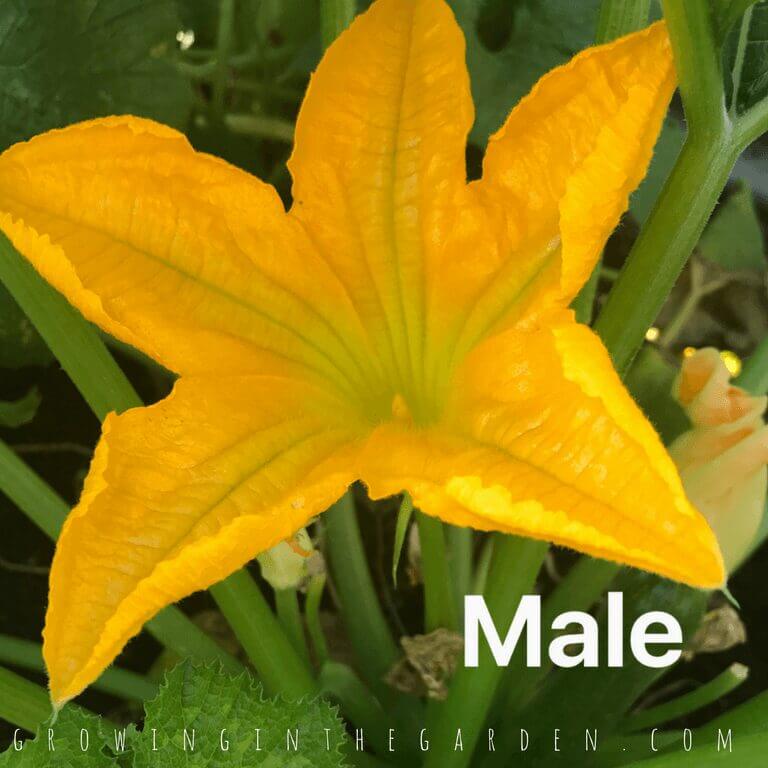
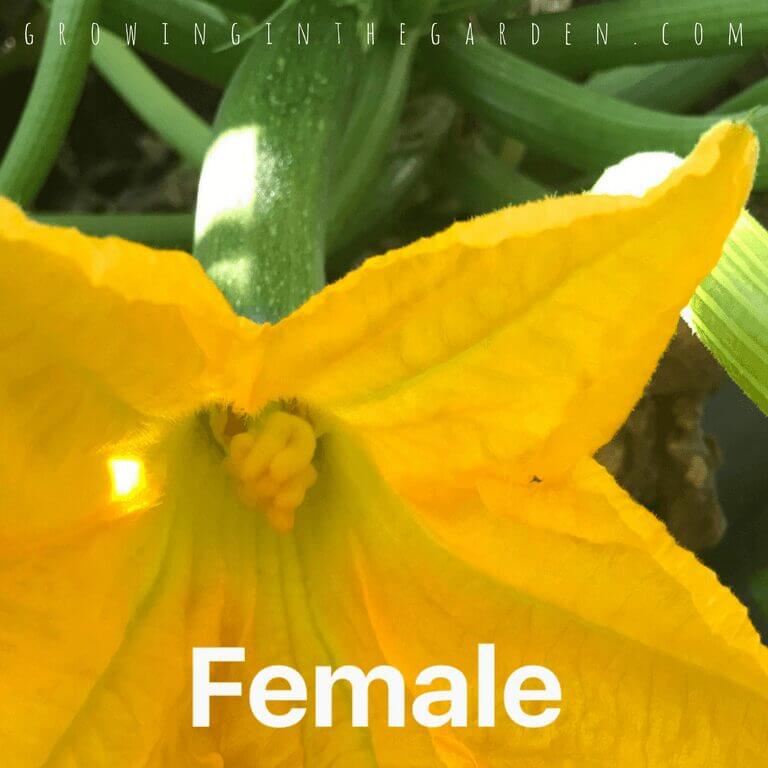

4. Check summer squash plants daily for pests and disease
Squash plants are susceptible to pests and diseases. Daily vigilance can prevent small problems from getting out of control.
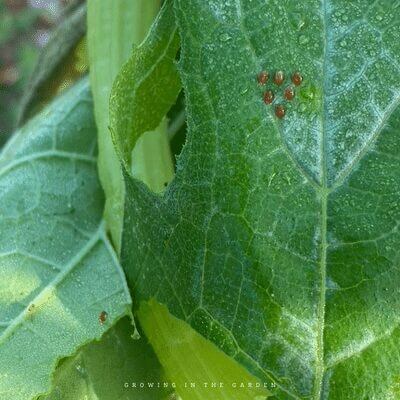
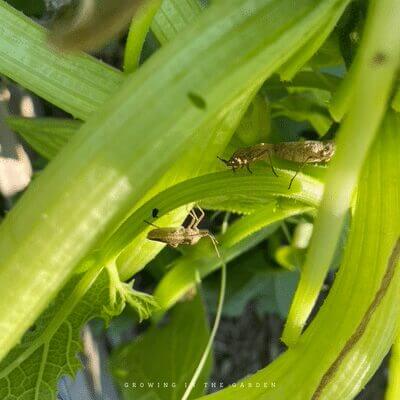
Check undersides of leaves for squash bug eggs, and dispose of leaves. Pick off adults by hand. Other effective treatments for squash bugs include: row covers, crop rotation, vertical gardening, board traps, and planting resistant varieties. Read this guide to learn more about how to eliminate squash bugs.
If powdery mildew is present, pick and dispose of (not in compost) affected leaves. Use a baking soda solution, milk solution, or sulfur spray to prevent and treat powdery mildew. I use a hose-end sprayer (dilute according to directions) once a week until no new powdery mildew appears. Pull severely infected plants; they will not produce well.
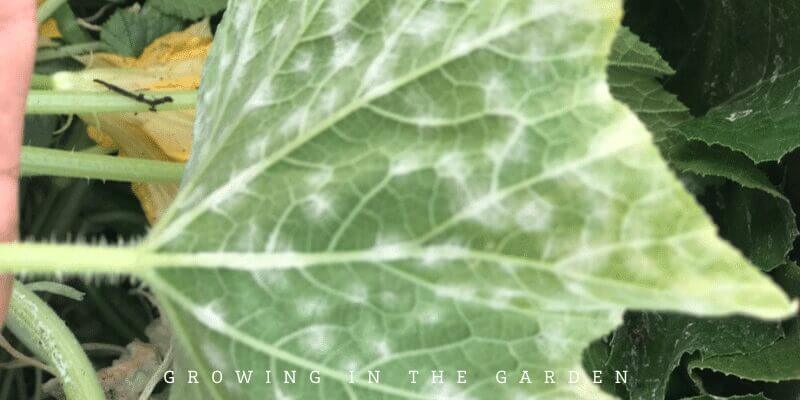
Spray infestations of whiteflies or aphids with water. Pick and destroy heavily infested leaves. Read here for more tips to prevent pests and diseases organically in the garden.
5. Harvest summer squash early and often
- Squash grows quickly. What is small one day is often ready to harvest the next day.
- Summer squash tastes best when small and tender.
- Harvest squash by cutting through the stem, not the main vine, with a sharp knife when fruits are 4-6 inches long.
- The seeds and skin will become tougher as they get larger.
Picking the fruit often also encourages production.
- Summer squash will keep in the refrigerator for about a week.
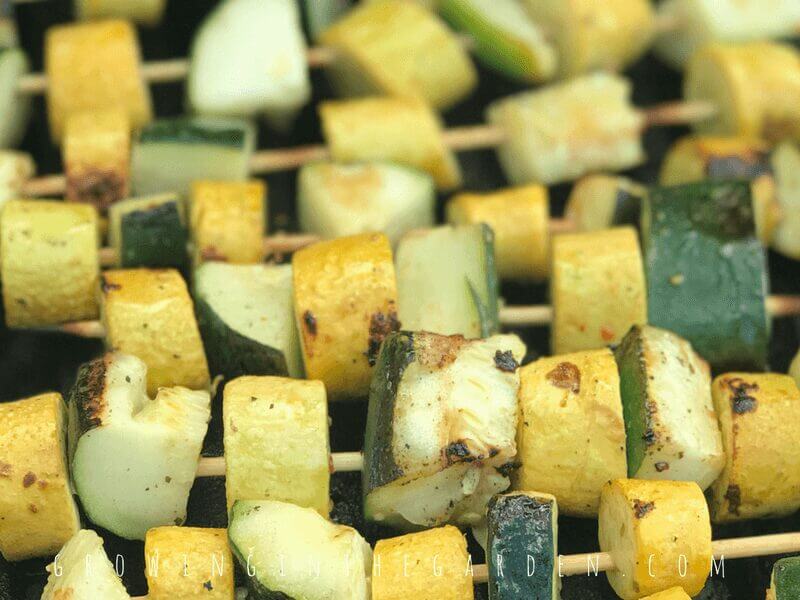
Freeze-drying summer squash is a simple way to preserve extra harvests. Learn more about freeze-drying in this blog post.
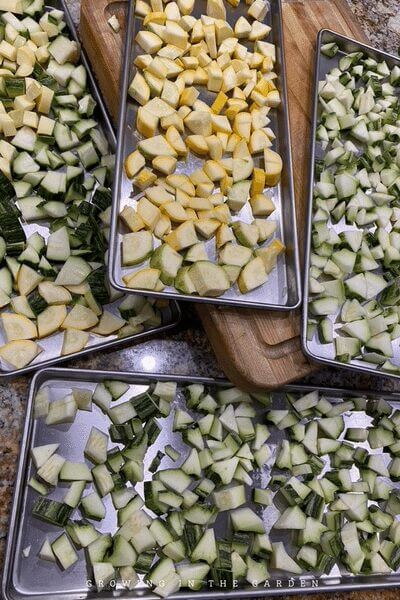
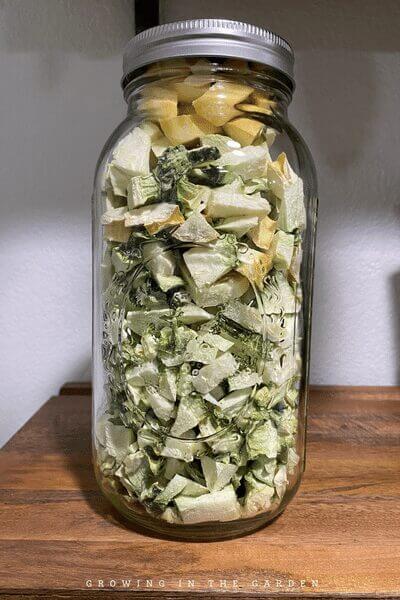

Zucchini Lemon Poppy Seed Bread is a family favorite. Surplus zucchini is not a problem when you have this recipe.
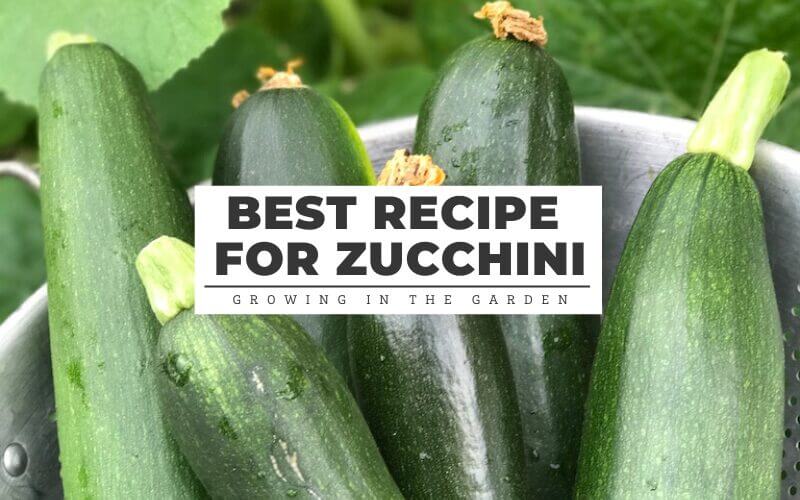
Looking for zucchini recipes? We love using extra zucchini in Carla’s Calabacitas.

Find vegetables, including summer squash, that grow well in containers in this guide.


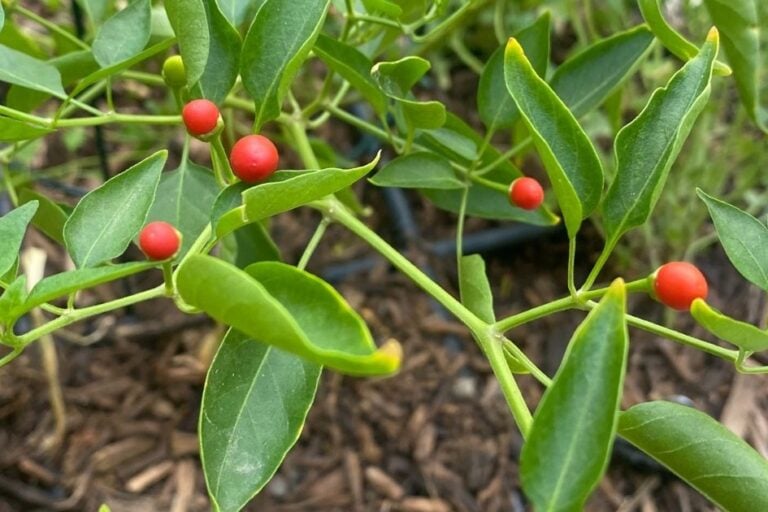


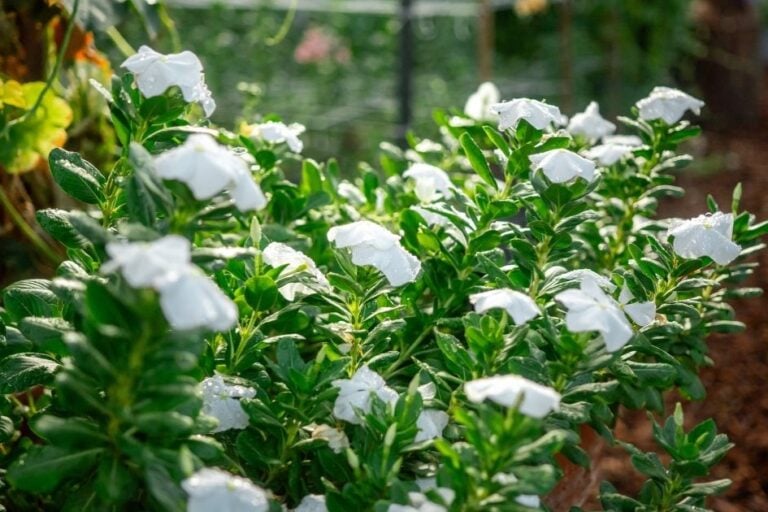


I had a terrible problem with downy mildew that devastated all vine crops year after year. A friend said they lime the garden heavy to prevent this. I lime in the spring before working up the garden the first time and have not had a problem since!
Thank you! Thats a great tip. Thanks for commenting!
I bought what was supposed to be a melon plant. Turns out it’s a zucchini! I saw the first flowers, but they closed up so quickly, there was no time to do any pollinating. My first sign that it was zucchini was the little guy peaking up from the base of the plant. Unfortunately, a squirrel or raccoon thought it would be great to try. One of the other zucchini was left untouched and seems to be flourishing. I’ll take it off the plant when it gets to the size you indicated. Thank you for the advice about the mildew. I see it on some of the older leaves and with the wet summer we’ve had so far I don’t see it improving things. I’ll look into get some of the oil or just take off the leaves if they get bad. Thanks!
My yellow summer squash had been bearing several fruits however I noticed that after an inch of growth the fruits doesn’t grow further and starts to wither. What should I do? any helpful advice will be appreciated. thank you
If pollination isn’t the issue it may be the heat. If you live in a hot climate like Arizona as temperatures climb into the 100’s pollen isn’t viable and the summer squash is done producing. There will be another planting window in late July and August with the monsoon moisture and humidity.
My squash plant has some growing but, most of the fruit will rotten before it grows more . Is usually from where at end of the flower .
This could be a couple of things. Pollination – if the fruits aren’t getting pollinated they wither and die. Prevent this by hand pollinating when the female flower is fully open. The other issue could be the heat. Depending on where you live, in hot places like the low desert of Arizona during the hottest months of the year, the heat destroys the pollen pretty quickly and the plants are done producing. Normally at this point, I pull the plants and then plant again with the monsoon moisture in the middle of August. By the time those fruits ripen, temperatures will have fallen back down.
I’ve got a couple of yellow summer squash plants growing and one really big one, probably too big, but it is still green on much of the bottom where it is not exposed directly to the sun. Couple of smaller ones are green on the bottom too. Are the able to be harvested if not fully yellow?
I would harvest by size, not by color. Summer squash is best when harvested young.
My squash plants have a common problem. Some sort of insect bores into the stalk and kills the plant. This is normally close to the soil
Any suggestions?
Squash vine borer. Here’s an article with tips that may help: https://growinginthegarden.com/organic-pest-control-that-really-works/
At what point can I pick the squash blossoms to consume? I dont want to pick too early or too late. Would picking the blossoms stop pollination and further growth? This is my first time gardening and I see I have blossoms, but no zucchini yet, thanks!
There are two types of blossoms, male and female. Pollen from the male needs to be transferred to the female blossom (by pollinators or by hand) the female blossoms are what turn into squash. If there are no females present you can pick the males at any time. If there are females present you can pick the males and hand pollinate the female when both flowers are open. If you want to eat the male blossoms they are best tasting when still in bud form.
Hi Angela, I have really enjoyed watching your monthly garden videos for us here in Az. I have started a small patio garden in my apartment. I was wondering if you can help me diagnose what is happening to my zucchini leaves? I have a few photos, if I can share them?
Sure, send me an email.
Hi!! So our yellow crookneck squash plant is doing pretty well, producing more than we can eat. BUT…. the fruit is pretty ‘seedy’ with a thin layer of edible flesh. Is there a way to affect that seed to flesh ratio??????
thanks for any insight
Harvest earlier and see if that helps. If not, plant a different variety next time.
Great tips! How long do squash plants live? Growing season?
Squash plants prefer warm weather and typically live for a few months. They don’t like extremely hot weather or when it gets cold. Both of those will kill the plant.
When you start summer squash indoors by seed, how long do you keep inside until you can plant it outdoors?
Squash does best if you can transplant it when pretty young. I like to plant it out before it gets more than 2-3 sets of leaves.